The end of an era: First of “Big Three” fall
Federer’s retirement leaves a hole in the tennis world
We knew it had to happen eventually. When Roger Federer announced his retirement on Sept. 15, it sent waves through a tennis world already rocked by the retirement of women’s star Serena Williams. Of course, Federer’s retirement announcement shouldn’t have come as a surprise. The Swiss-born superstar celebrated his 41st birthday in August, and injuries to his back and knees have piled up. However, despite all the signs and trends pointing toward the end, it still feels too early to say goodbye to one of the players that defined not just a generation but became one of the modern faces of the sport.
Federer entered the Association of Tennis Professionals (ATP) in 1998 and faltered at the start, losing his opening matches. However, he showed flashes of talent against experienced pros during this time, playing against established players. Federer would win his first doubles final in 2001 alongside Martina Hingis, but his skill in singles play would cement his breakout status. He stunned the world at the 2001 Wimbledon Championships when he was just 19 years old, defeating the four-time defending Wimbledon champion and Grand Slam legend Pete Sampras in a thrilling five-set match to make the quarterfinals. However, 2003 would be a breakthrough season — and the start of an era of domination in the sport.
Entering the 2003 season with the intent of winning his first title, Federer struggled. He lost in the fourth round of the Australian Open and the first round of the French Open. The struggles in Paris were particularly devastating, as Federer committed 82 unforced errors in the three-set loss. However, he earned his redemption just a month later on the sport’s biggest stage: the Wimbledon Championships. Federer would dominate the tournament, dropping just one set in seven games. After defeating American Andy Roddick in the semifinal, Federer would play Mark Philippoussis in the final. After winning in three sets, Federer had found his place among tennis legends, kickstarting a legendary career with his first Grand Slam Title.
Federer’s 2003 Wimbledon win was followed by a streak of domination that could make Tom Brady jealous. From the 2006 Australian Open to the 2007 Wimbledon Championships, Federer participated in every Grand Slam final. In 14 matches, Roger had an excellent 10 to two finals record. Those two losses, in the 2006 and 2007 French Open, were to a clay-court master named Rafael Nadal. For the next decade and a half, the legendary “Fedal” rivalry would be considered one of the best in sports, with the two titans almost guaranteed to meet each other in the finals of any given tournament. From 2006 to 2011, the two would meet an astounding eight times in Grand Slam finals. While Federer won the majority of non-clay matches, he never managed to snatch a win on Nadal’s clay kingdom at Roland-Garros. In non-final matches, Nadal has a lifetime record of 14 to two against Federer, though their rivalry has seen far too many fantastic moments to count.
Feder’s domination would be incredible for years, with the Swiss player making it to multiple Grand Slam finals yearly until 2010. However, as injuries and age began to mount for the legend, his performances suffered. In competition with both time and a rising generation of fantastic players (Novak Djokovic being the most prominent), Federer’s dominant era of tennis had unfortunately ended. Still elite, but having lost his step, Federer’s successes would come farther in-between. 2016, a season riddled by injuries, was his first year since 2002 without making it to a finals match. Still, two final victories in Australia (2017 and 2018) and a record-breaking eighth title in Wimbledon (2017) were more than enough to secure his legacy.
Federer will undoubtedly go down in history as one of the best to ever play the game, with more records to count than I can fit on the page in front of you. The first man to reach 20 Grand Slam titles; most matches won and played all-time; the list continues. The lush lawns of Wimbledon would become his favorite (or at least most successful) place to play, with Federer winning a record eight Grand Slam titles in London. He also owned the Land Down Under, winning six Grand Slams in the Australian Open.
Roger Federer, Rafael Nadal and Novak Djokovic – the “Big Three”- represent a generation of tennis. Many fans and athletes have never known a world where Federer was not reigning the court. Despite this, Federer’s retirement signals the beginning of the end for so many legends. Djokovic turned 35 in May, while Nadal passed 36 in June. Both athletes have already surpassed Federer’s achievements in Grand Slam competitions, with 21 and 22 Grand Slam titles respectively. But Federer just had that extra something that made his matches so special. His huge heart, passion and skill were electrifying to watch, and he brought intangible energy to every match.
Novak Djokovic has already become one of the best. Rafael Nadal will go down as the King of Clay and is currently the best of the “Big Three.” French tennis player Richard Gasquet put it best in a 2021 match against Federer in Wimbledon:
“He’s the best player to watch. There is only one Roger Federer.”
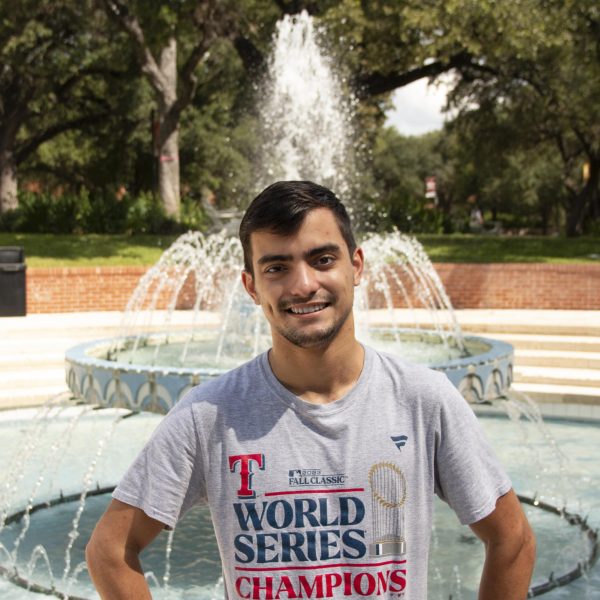
Hey! My name is Caleb Reed, and this will be my second year as the sports editor! Unfortunately, I'm a senior, so this will be my final year, but I've...

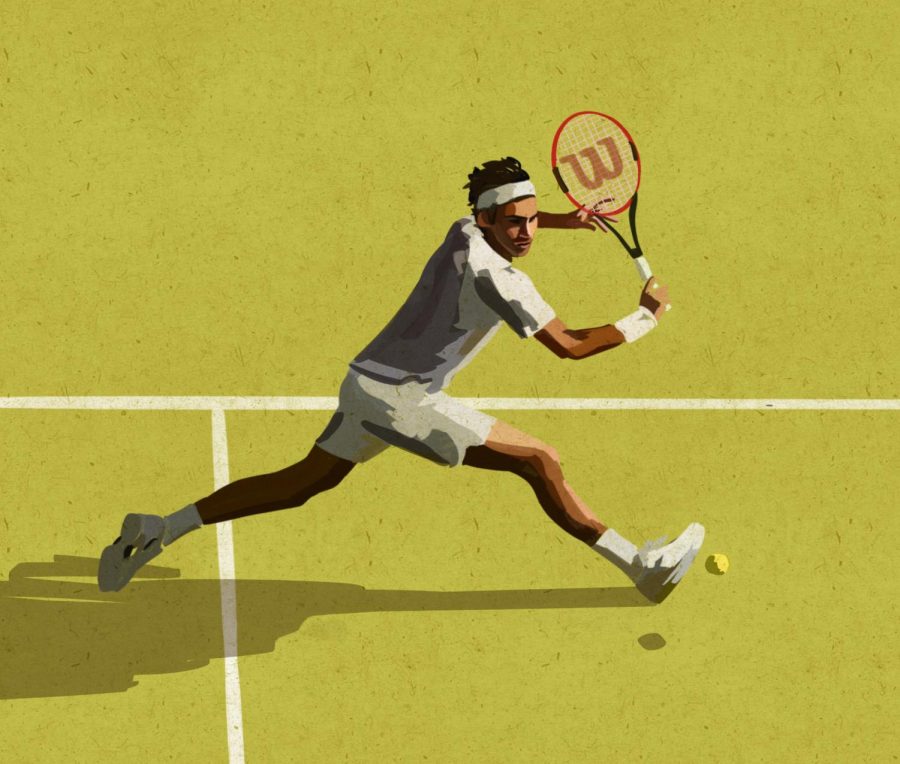

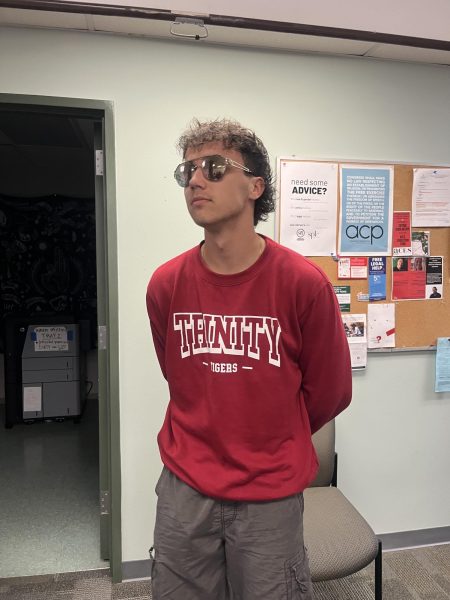
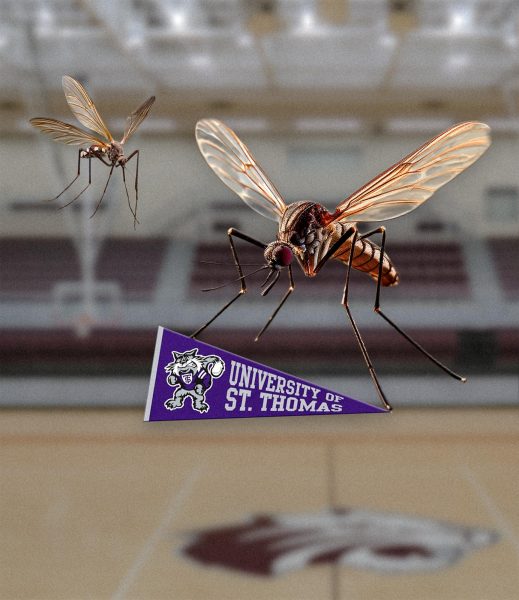
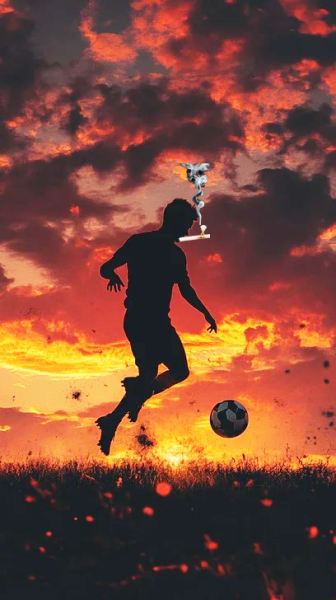
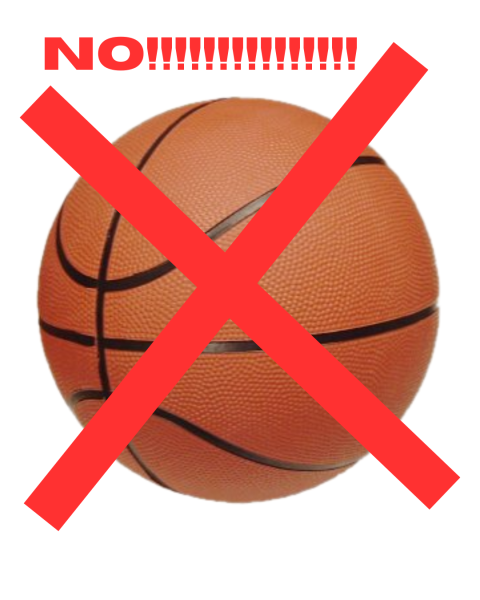

Craig • Oct 27, 2023 at 6:02 pm
Just reading this. Tennis isn’t the same without Federer. Thanks for writing.